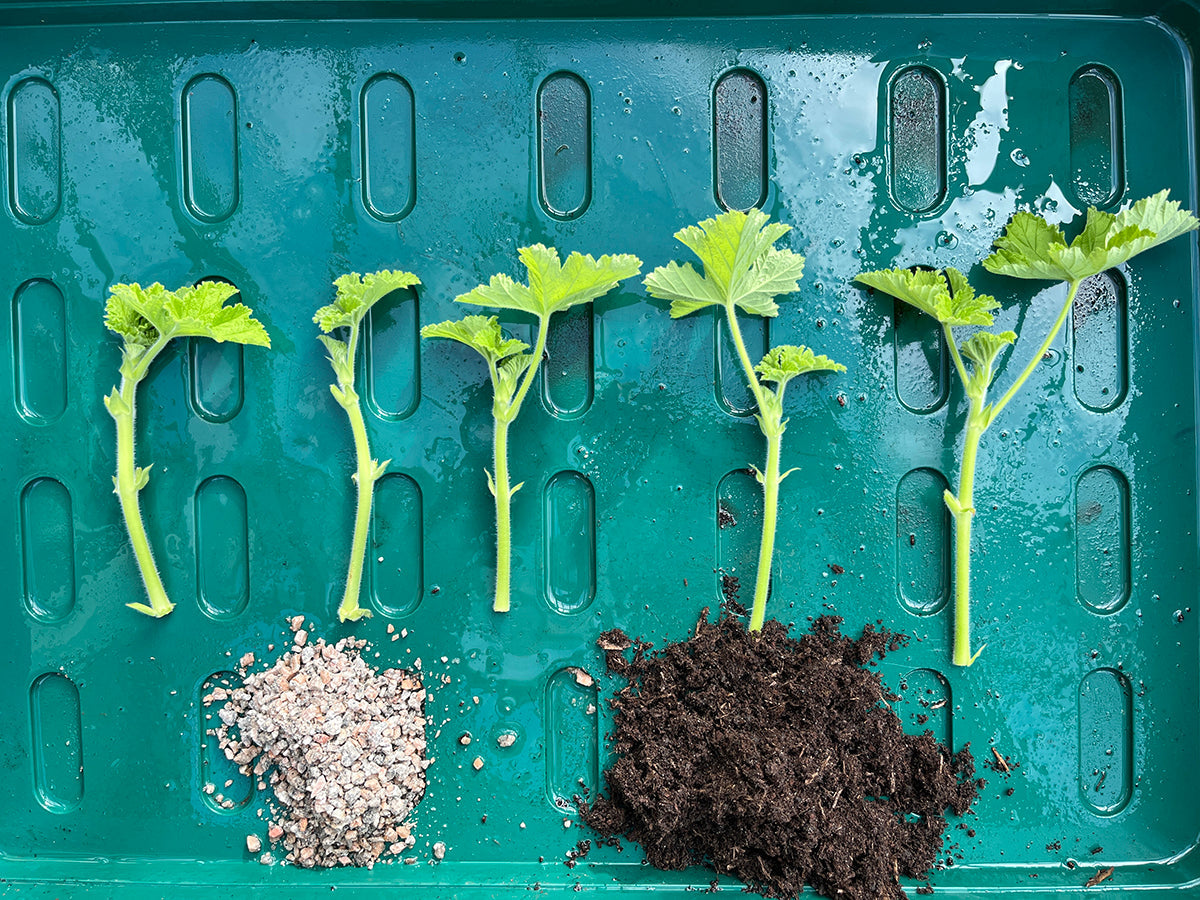How to create a bee-friendly garden

It’s a joy watching bees in the garden. Sadly, however, they’re on the decline due to systemic pesticides and loss of varied habitats, amongst other things. Bees are vital for pollinating so much of the food we eat including nuts, vegetables and fruit. We can all do our bit in our gardens by planting pollinator-friendly plants to provide the nectar (carbohydrates) and pollen (protein) bees need, as well as giving them water and shelter.
1. Something for every bee. Bumblebees and slimmer honeybees love the tiny flowers on herbs such as oregano, rosemary, lavender, thyme and nepeta. Different types of bees are attracted to different flowers, for example, wool carder bumblebees like plants like stachys (lamb’s ears) as they collect hairs from the leaves and stems of plants to build their nests.
2. Plants for every season. Try to include bulbs like crocuses and hyacinths as well as cherry and apple blossom for spring nectar. Bees prefer single flowers and bright colours and native wildflower meadows, daisies and rudbeckia provide blooms in the summer while asters, dahlias, sunflowers and even ivy (if you leave the flowers) provide autumn food. Even winter-flowering hellebore and heather are good for late-flying and early-emerging bees.
3. A pick me up. It’s hard work being a pollinating bee, which is why you might find them lying on the lawn looking too exhausted to move – a lid with a spoonful of sugar dissolved in two spoons of water will help revive them. It’s also thirsty work, so it’s useful to have water in the garden; make a bee bath with a shallow bowl of water - topped up with pebbles to give them somewhere to sit while they drink. Change the water to keep it fresh.
4. Avoid pesticides. It’s tempting to use weed killers and fungicides in your garden, but these are toxic to pollinators. It’s better to pinch off aphids by hand and encourage ladybirds to keep pests down.
5. Give bees shelter. A small pile of wood, branches and twigs will make a home for solitary bees that make individual nest cells for their larvae. Some species such as red mason and leafcutter bees, are useful as they pollinate fruit crops. These types of bees nest in tubes or tunnels. Encourage solitary bees by drilling holes in dry logs or blocks of wood. For honeybees, companies such as Bee Kind Hives encourage sustainable bee keeping with hives that need little intervention from beekeepers. They look great too.
Read The Secret Lives of Garden Bees by Jean Vernon to find out more about these fascinating insects.











